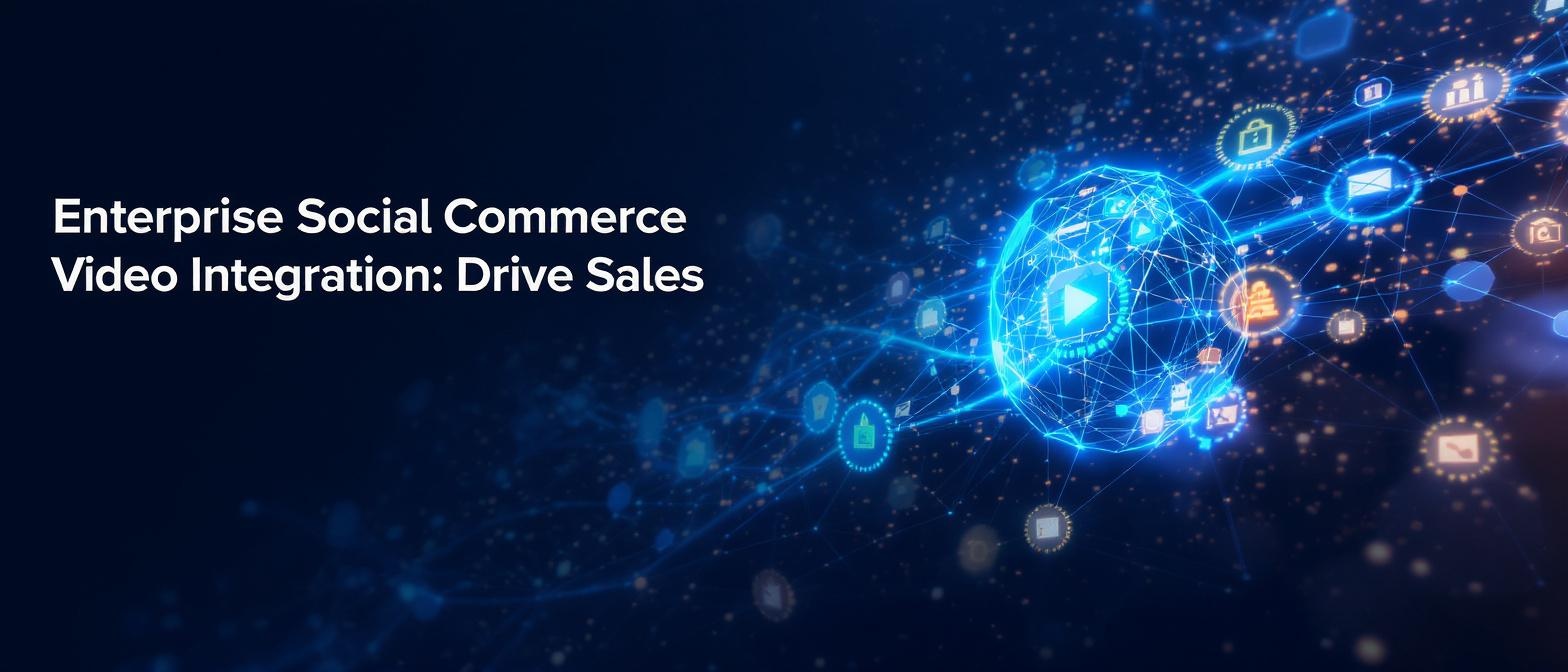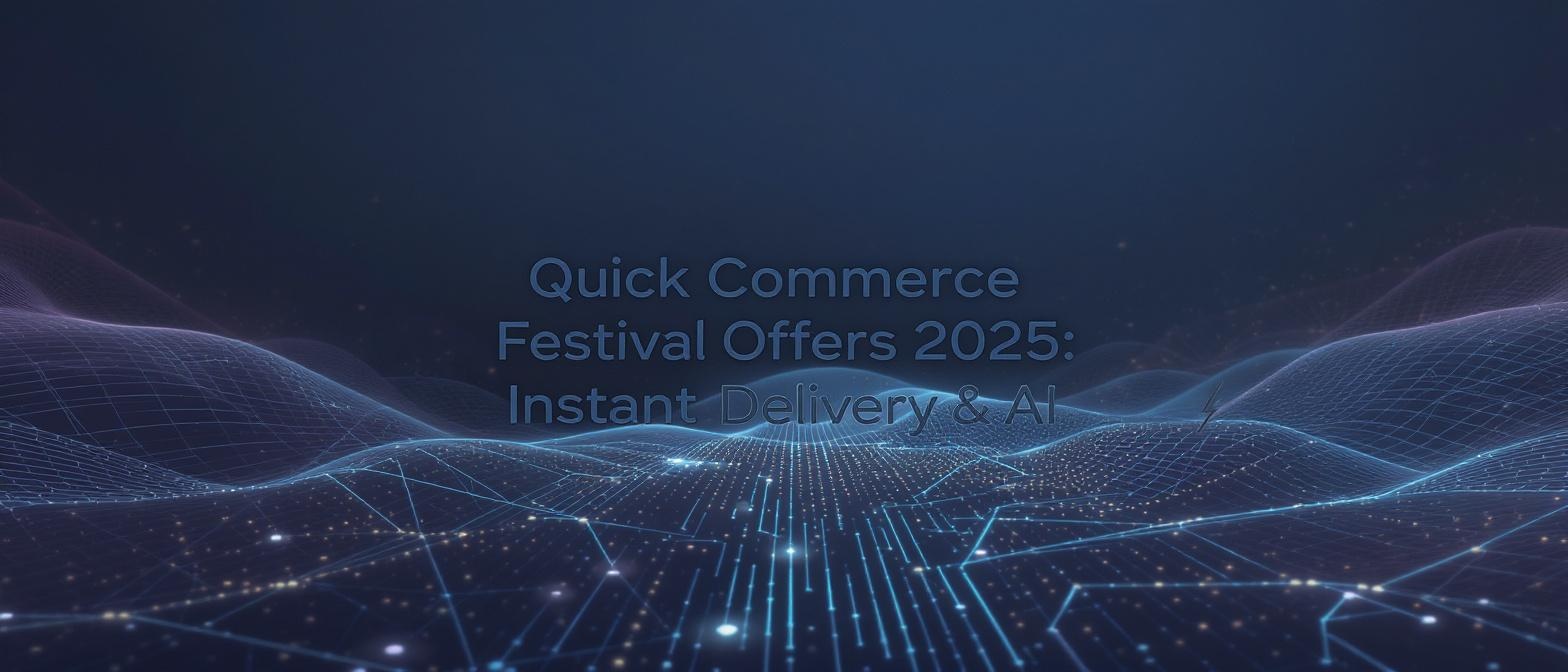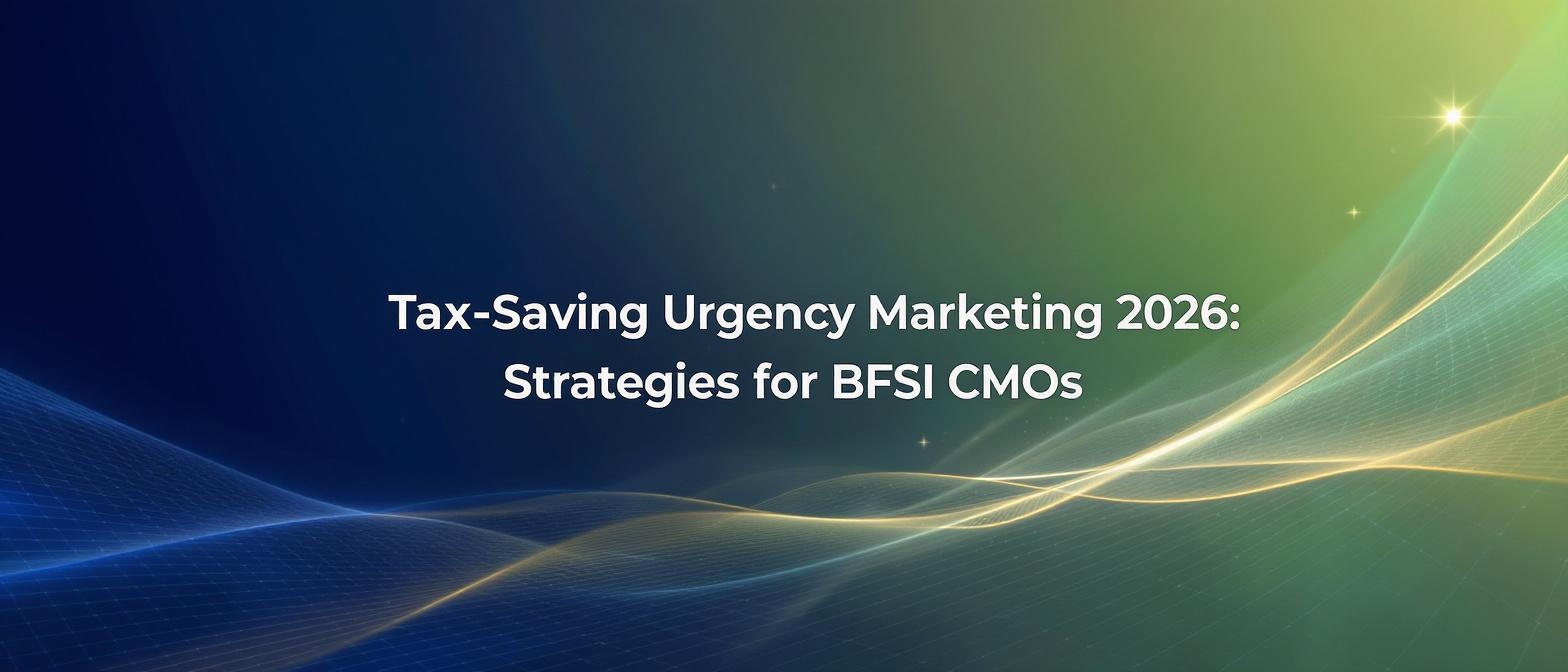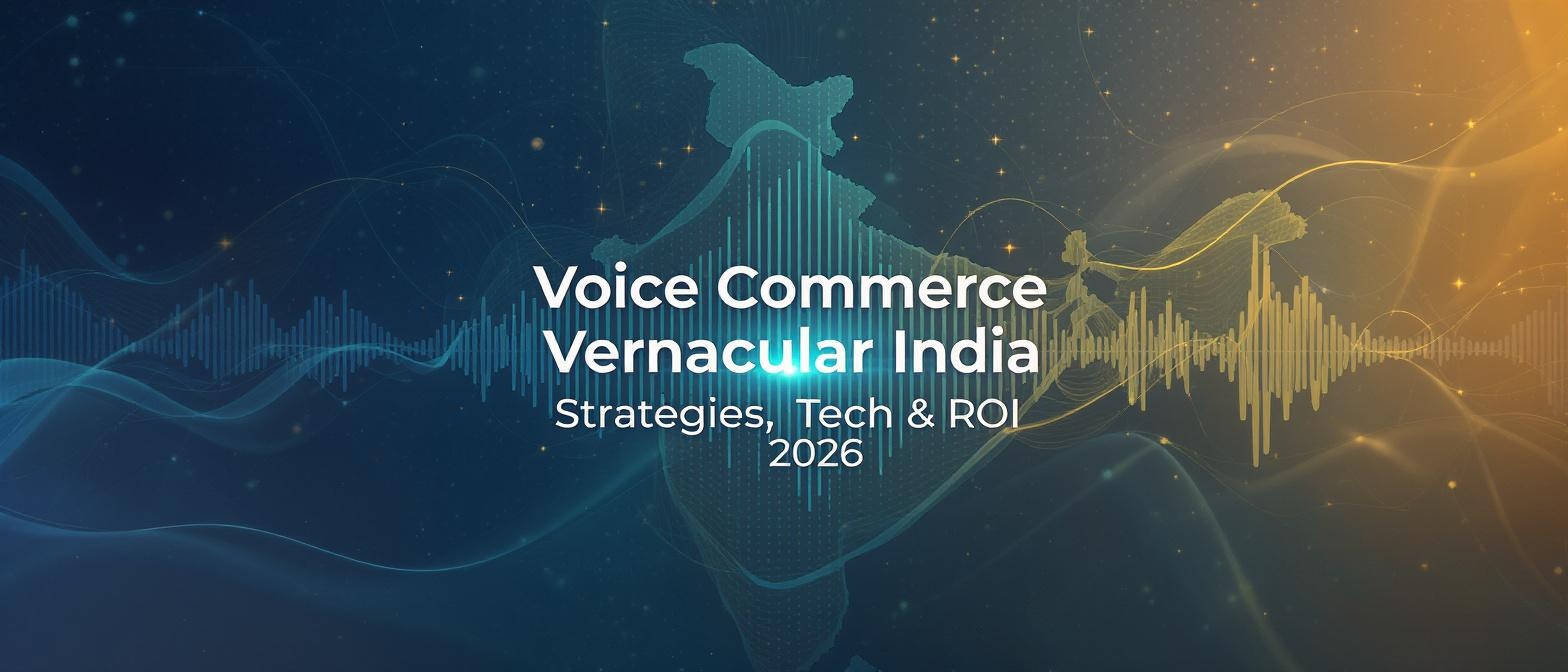Enterprise Social Commerce Video Integration: Driving Revenue with Personalized Video Experiences
Estimated reading time: about 13 minutes
Key Takeaways
- Video personalization is transforming social commerce, driving direct engagement and revenue.
- Enterprises must leverage automation and API integrations to deliver millions of personalized videos efficiently.
- Advanced AI-driven personalization with dynamic templates boosts conversion rates significantly.
- Key channels like Instagram and WhatsApp are critical for embedding shoppable video experiences.
- Trust, data privacy, and ethical deepfake usage are essential for successful large-scale video campaigns.
Meta Description: Explore how enterprises are mastering enterprise social commerce video integration to drive revenue. This guide covers strategies for hyper-personalized video, social commerce conversion optimization, and leveraging social platforms to create scalable, one-to-one shopping experiences.
The New Frontier of Digital Commerce: Personalized Video at Scale
In the relentless evolution of e-commerce, digital innovation is no longer a buzzword; it’s the bedrock of competitive strategy. The latest and most powerful shift is the rise of video, not just as a marketing tool, but as a direct and substantial revenue driver. For digital leaders and e-commerce teams, the challenge is harnessing this medium effectively across the vast, interactive landscape of social media. This is where a pivotal strategy comes into play: enterprise social commerce video integration.
This strategy is defined as the seamless embedding of personalized, shoppable video content directly into social platforms. Its purpose is to create authentic, one-to-one shopping experiences at an enterprise scale, transforming passive viewers into active buyers. As consumers increasingly discover and purchase products within their social feeds, mastering this integration is critical for revenue growth and building lasting brand loyalty.
This comprehensive guide is designed for e-commerce teams and digital strategists seeking to implement advanced social commerce strategies. We will dissect how video personalization, powered by a robust social commerce personalization platform, can unlock unprecedented growth and achieve superior social commerce conversion optimization.
Section 1: Understanding Enterprise Social Commerce and Its Imperatives
At its core, social commerce is the practice of buying and selling products and services directly within social media platforms. It’s a powerful fusion of social interaction and commercial transactions, eliminating friction by allowing customers to complete their purchases without ever leaving their favorite app.
This model fundamentally changes the sales funnel. Instead of redirecting a user from a social ad to a website, the entire journey—from discovery to checkout—occurs in a native, engaging environment. For enterprises, the implications are profound. The goal isn’t just to participate but to deliver consistent, high-quality, and deeply personalized experiences to a massive customer base, maintaining brand integrity and messaging across millions of individual interactions.
The market’s trajectory underscores this urgency. According to recent forecasts, the global social commerce market is projected to skyrocket to $821 billion in 2025 and is expected to exceed $908 billion by 2026. This explosive growth signals a massive shift in consumer behavior, making enterprise social commerce video integration a non-negotiable component of a forward-thinking digital strategy. For large organizations, leveraging enterprise social selling automation isn’t just an advantage; it’s essential for survival and growth in this new era.
Source: www.oberlo.com/statistics/social-commerce-market-size
Source: www.shopify.com/enterprise/blog/social-commerce-examples
Section 2: The Transformative Role of Video in Social Commerce
Video integration is the engine of modern social commerce. It involves strategically embedding dynamic, shoppable video touchpoints across every relevant social channel, transforming passive scrolling into an active and immersive shopping experience. Video captures attention, demonstrates product value in seconds, and provides a rich medium for storytelling and personalization.
Powering Instagram Commerce Video Campaigns
Instagram has evolved from a photo-sharing app into a full-fledged commercial ecosystem. Brands are leveraging its video features to create compelling, shoppable content that drives direct sales. A prime example is KitchenAid, which successfully used user-generated content (UGC) from TikTok to create interactive, shoppable stories on Instagram.
By compiling authentic customer videos into a “cookbook” format, they allowed users to discover products in action and make purchases directly from the content. This approach not only boosts sales but also builds a community around the brand, fostering loyalty and trust. These social shopping video experiences turn inspiration into immediate commercial action.
Scaling with WhatsApp Business Video Automation
WhatsApp has emerged as a critical channel for direct customer communication. The WhatsApp Business API allows enterprises to move beyond simple text messages and deploy automated, personalized video nudges that re-engage customers and drive conversions.
Consider the travel portal Goibibo’s innovative campaign. They used the API to send personalized videos from cricket star Rishabh Pant to users who had searched for trips but hadn’t booked. The video would mention the user’s name and their searched destination, creating a “wow” moment that felt incredibly personal. This use of WhatsApp business video automation resulted in a 17% higher message read rate compared to standard offers, demonstrating the power of combining a trusted channel with personalized video content. This is a perfect example of enterprise social selling automation at work.
Source: www.bazaarvoice.com/blog/social-commerce-examples/
Source: www.sinch.com/blog/whatsapp-business-api-use-cases/
Section 3: Achieving Personalization at Scale with a Social Commerce Personalization Platform
The primary challenge for enterprises is not just creating video content, but creating personalized video content for millions of individual customers. Generic, one-size-fits-all videos no longer cut it. Today’s consumers expect to be recognized and valued, and research shows that up to 76% of consumers anticipate personalized interactions with brands. This is where a dedicated social commerce personalization platform becomes indispensable.
Platforms like TrueFan AI enable enterprises to generate hyper-personalized videos at a scale previously thought impossible. By integrating directly with a brand’s CRM or data warehouse via API, they transform customer data into unique, compelling video experiences.
Feature Deep Dive: The Pillars of Hyper-Personalization
1. Hyper-Personalization Engine
This technology uses dynamic video templates that are populated with customer-specific data fields. API parameters such as p1_text for a customer’s name or p2_image for a recently viewed product are fed into the system. The platform can even handle multi-line text rendering, allowing for complex messages like a full address or a multi-part offer to be displayed seamlessly within the video.
2. Virtual Reshoots & AI Editing
A groundbreaking capability is the ability to alter existing video footage without needing a new shoot. Using diffusion-based face reanimation, a brand can change a celebrity’s dialogue to A/B test different offers (e.g., “50% off” vs. “Buy one, get one free”) or update messaging for a new campaign. This agility saves thousands of hours in production and allows for real-time campaign optimization.
3. Multilingual Localization
Global enterprises must speak their customers’ language. TrueFan AI’s 175+ language support and Personalised Celebrity Videos capability allows for automatic translation and localization with perfect AI-powered lip-sync. A single video can be rendered in Hindi, Tamil, Bengali, and dozens of other languages, ensuring that campaigns resonate deeply in diverse markets like India and beyond.
4. Enterprise-Grade Compliance & Consent
Trust is the currency of personalization. Leading platforms are built on a contract-first model, ensuring all celebrity likenesses are used with explicit consent. They adhere to stringent security standards, with certifications like ISO 27001 and SOC 2, and employ content moderation filters to prevent the generation of inappropriate material, safeguarding brand reputation.
These advanced features are crucial for creating social shopping personalized videos that are not only engaging but also secure, scalable, and compliant.
Source: wisernotify.com/blog/ecommerce-personalization-stats/
Section 4: The Engine Room: Automation & Technical Integration
The magic of generating millions of unique videos in real time relies on a robust and sophisticated technical architecture. For developers and technical leaders, understanding this backend infrastructure is key to successful implementation. The goal is a low-latency pipeline that can receive a request, render a personalized video, and deliver it in under 30 seconds.
This is typically achieved through a cloud-agnostic GPU farm, which provides the immense processing power required for video rendering at scale. The system is designed for high availability and fault tolerance, ensuring that campaigns can run without interruption. Communication between the enterprise’s systems (like a CRM or e-commerce platform) and the video generation platform is handled via APIs and webhooks.
A Practical API Integration Guide
Here’s a simplified look at a typical API workflow for enterprise social selling automation:
1. Initiating a Video Request
A POST request is sent to an endpoint like /api/post_new_request. This request contains a JSON payload with all the personalization data.
{ "vendor_id": 123, "order_id": "CART-5678", "template_id": 101, "text_data": { "p1_text": "Priya" }, "image_data": { "p2_image": "https://example.com/product_image.jpg" } }
In this example, the system is instructed to generate a video using template 101, personalizing it with the name “Priya” and a specific product image.
2. Handling the Video Status
After initiating a request, the system needs to know when the video is ready. This can be done in two ways:
- Polling: The enterprise system periodically sends a POST request to a status endpoint like /api/video-status to check if the video is complete.
- Webhooks (Recommended): A more efficient method where the video platform automatically sends a notification to a pre-defined enterprise endpoint once the video is rendered. This eliminates unnecessary API calls and provides real-time updates.
{ "timestamp": "2025-01-03T10:05:00Z", "videoDetails": { "videoUrl": "https://cdn.platform.com/video/final-video.mp4", "orderId": "CART-5678" } }
Triggering Automation
This entire process can be automated. For instance, when a CRM trigger for “cart abandonment” fires, it can automatically call the TrueFan API. The platform generates a personalized video with the shopper’s name and cart items, and the returned videoUrl is then sent to the customer via WhatsApp business video automation, creating a timely and highly effective social commerce video touchpoint.
Section 5: Optimizing Conversion Through Strategic Video Touchpoints
Successful social commerce conversion optimization is about more than just technology; it’s about strategy. It requires identifying and leveraging “micro-moments” in the customer journey where a personalized video can have the maximum impact. These social commerce video touchpoints can include personalized ads, cart recovery reminders, loyalty rewards messages, or post-purchase thank-you videos.
The key to maximizing ROI is a relentless focus on A/B testing and analytics. Modern platforms provide sophisticated dashboards to track critical metrics like view rates, CTA click-throughs, and, most importantly, the conversion lift attributed to specific personalization elements. For example, does including a customer’s city in the video lead to a higher conversion rate than just using their name? Data-driven insights answer these questions.
Solutions like TrueFan AI demonstrate ROI through detailed case studies and performance metrics.
Case Study Highlight: Zomato’s Mother’s Day Campaign
Challenge: Create a deeply emotional and engaging campaign for Mother’s Day at a massive scale.
Solution: Zomato allowed users to send their mothers a personalized video wish from a celebrity. The platform generated 354,000 unique videos in a single day.
Result: The campaign went viral, delighting customers and leading to a 17% higher open rate on communications and a significant uplift in orders.
Case Study Highlight: Hero MotoCorp’s Festive Greetings
Challenge: Engage a massive customer base of 2.4 million people during the festive season to drive dealership traffic.
Solution: Personalized greeting videos were created featuring celebrities who addressed each customer by name and mentioned their local dealership.
Result: The campaign generated 2.4 million videos and led to a measurable increase in dealership visits for a service camp, successfully converting a digital interaction into an offline action.
Best Practices for High-Converting Personalized Videos
- Mention the Name Early: Capture attention by having the celebrity mention the viewer’s name within the first 3-5 seconds.
- Use Dynamic CTAs: The call-to-action should be as personalized as the video, linking directly to a relevant product page or a pre-filled cart.
- Embed Everywhere: Maximize reach by embedding the personalized social shopping videos across multiple platforms, including email, personalized microsites, and even in-store digital billboards.
Remember, websites that use video content see an average conversion rate of 4.8%, significantly higher than the 2.9% for sites without video. Personalization amplifies this effect even further.
Source: www.webfx.com/blog/marketing/video-marketing-statistics/
Section 6: The Future is Now: Best Practices & Emerging Trends
The landscape of enterprise social commerce video integration is continuously evolving. Staying ahead requires an understanding of emerging trends and a commitment to ethical practices.
Key Future Trends to Watch
- AR and Video Integration: The next frontier is blending augmented reality with personalized video, enabling immersive “try-before-you-buy” experiences.
- Advanced AI-Driven Personalization: Future personalization will go beyond text, dynamically altering visuals and incorporating user-generated content.
- Voice Cloning and Regional Expansion: Hyper-realistic audio in multiple regional languages will make social shopping video experiences feel more native and trustworthy.
Ethical and Compliance Considerations
- Data Privacy and Consent: Enterprises must be transparent about how customer data is used, operating on a consent-first model.
- Safeguards Against Misuse: Robust content moderation and controls are essential to prevent harmful or misleading deepfakes.
- Cultural Sensitivity: Large-scale personalized campaigns must account for cultural nuances to avoid negative reception across diverse demographics.
A reliable social commerce personalization platform will have these ethical guardrails built in, ensuring that brands can innovate responsibly.
Conclusion: Your Roadmap to Revenue Growth
The message is clear: enterprise social commerce video integration is no longer a futuristic concept but a present-day necessity for driving revenue and building meaningful customer relationships. By seamlessly embedding personalized, shoppable video content into social platforms, enterprises can create powerful one-to-one experiences at a global scale.
This strategy leads to tangible business outcomes: significant efficiency gains through automation, higher engagement and brand loyalty, and, most importantly, superior social commerce conversion optimization. For digital strategy leaders, the time to act is now. The tools and platforms are here, the consumer demand is proven, and the competitive advantage is waiting to be seized.
Ready to pilot the future of e-commerce? Explore how TrueFan’s enterprise solutions can help you build your first hyper-personalized video campaign. [Request a Demo Today]
Frequently Asked Questions
1. What is the main benefit of enterprise social commerce video integration?
The primary benefit is the ability to combine the massive reach of social media with the persuasive power of personalized video. This leads to significantly higher engagement, increased conversion rates, and substantial revenue growth by making the shopping experience more direct, personal, and convenient.
2. How does a social commerce personalization platform handle data privacy?
Leading platforms prioritize data security and privacy by adhering to international standards like ISO 27001 and SOC 2. They operate on a consent-first basis, ensuring both celebrities and end-users have opted in, and use data only for its intended purpose without repurposing it.
3. What kind of ROI can be expected from personalized video campaigns?
While ROI varies by industry and campaign, it is consistently higher than traditional marketing. Case studies have shown direct uplifts in conversion rates, 17% or higher increases in message open rates, and 3x or more participation in promotions, directly linking the investment to measurable business outcomes.
4. How can large enterprises manage the complexity of personalized video campaigns?
Enterprises can manage this complexity by partnering with a specialized platform. For example, TrueFan AI provides the underlying technology, automation workflows, and API integrations needed to generate millions of unique videos seamlessly. Their managed service acts as an extension of the brand’s marketing team, handling the technical execution so the brand can focus on strategy.
5. Can personalized videos be used for more than just sales?
Absolutely. Personalized videos are extremely effective for the entire customer lifecycle, including brand building (viral campaigns), loyalty and retention (personalized thank-you or anniversary messages), and even internal communications (company-wide announcements from the CEO addressing employees by name).
6. What is the typical turnaround time for generating a personalized video?
Modern platforms are built for speed. Using a low-latency rendering pipeline and a powerful GPU infrastructure, a personalized video can typically be generated in under 30 seconds from the moment the API request is made.





